Proprioception is the body’s ability to recognise and distinguish its position and motion of its limbs without looking at it. This ability is facilitated with the help of certain specialized receptors located in your muscles, tendons, joints, and inner ears. These receptors continuously send information to your brain. The information thus collected, allows your brain to create a map of your body’s location and movements in relation to its surroundings.

Now, think of proprioception as your body’s internal GPS system. It helps you navigate through your surroundings, maintain balance while walking or standing, and adjust your movements based on the terrain. Without effective proprioception, simple tasks like walking up stairs or even standing upright can become challenging.
When it comes to staying fit and healthy, people usually focus on things like strength, endurance, and flexibility. But there’s another important thing called proprioception that often gets overlooked. Proprioception helps you stay balanced, stable, and coordinated.
5 Proprioception Exercises to Enhance Balance and Stability:
Improved proprioception not only reduces the risk of injuries during workouts but also elevates performance in sports, ensuring precise movements and better control over the body’s actions. In essence, integrating proprioceptive exercises into a fitness regime not only nurtures physical well-being but also empowers individuals to move confidently and efficiently, both in the gym and in everyday life.
Incorporating proprioception exercises into your fitness routine can yield remarkable benefits. Here are five exercises that can help you improve your balance and proprioceptive abilities:
Certainly, let’s delve deeper into each of the proprioception exercises you’ve mentioned and understand how they work to enhance balance and coordination:
1. Single-Leg Balance:
This exercise might seem simple, but it’s highly effective for improving proprioception. With the single-leg balance, you are challenging your body to maintain stability and balance. The key is to keep a straight posture, engaging your core muscles., as this challenges your proprioceptors further.

- First, start by standing on one leg,
- Focusing on a stable point in front of you helps anchor your gaze and aids in balance maintenance.
- As you progress, aim to extend the duration you can hold the pose.
- Alternatively, standing on an unstable surface like a foam pad adds an extra layer of difficulty, forcing your body to adapt and fine-tune its balancing response.
- To take it up a notch, close your eyes – this removes visual input, increasing your reliance on proprioceptive feedback.
2. Bosu Ball Squats:
Secondly, the Bosu ball introduces an element of instability to squats. By standing on the flat side of the Bosu ball, your body needs to constantly adjust to maintain balance. This exercise not only strengthens your lower body but also sharpens your balance and coordination skills.

- Here, stand on the flat side of the Bosu ball.
- Initiate the squat by bending your hips and knees simultaneously.
- As you descend into the squat, your body will need to adjust to the Bosu ball’s instability. Focus on engaging your core muscles to maintain balance.
- Maintain your center of gravity and properly distribute your weight between both feet.
- Return to the beginning position by pushing through your heels.
- Exhale as you lift, maintaining control over your movement.
- If you’re new to squats on a Bosu ball, start with a lower number of reps and gradually increase as your balance improves.
3. Lateral Lunges with Medicine Ball:
Thirdly, incorporating a medicine ball into lateral lunges adds complexity to the movement. By holding the ball at chest height, you challenge your proprioceptive system to adapt to the extra weight. The exercise also addresses functional fitness.

- Hold the medicine ball close to your chest, keeping your elbows pointed outward. This is your starting position.
- Take a lateral (sideways) step to your right. As you step, simultaneously push your hips back and bend your right knee.
- Lower your body down into a lunge position on your right side. Your left leg remains extended.
- Keep your chest lifted, and ensure that your right knee does not extend beyond your right toes.
- The medicine ball should remain close to your chest throughout the movement.
- Push off your right foot to return to the starting position in an upright stance.
- Perform the same lateral lunge movement to your left side.
- Repeat the required number of repetitions on each side. Aim for balanced repetitions to work both sides equally.
4. Balance Board Activities:
Next, using a balance board or wobble board introduces dynamic instability. When you perform exercises like squats, lunges, or push-ups on these boards, your body constantly adjusts to maintain stability. The shifting nature of the board forces your proprioceptors into action. Over time, this can lead to improved joint stability and muscle control.
- Stand on the balance board with your feet hip-width apart.
- Keep your knees slightly bent and your core engaged.
- Maintain good posture with your shoulders back and your gaze forward.
- Start by trying to find your balance on the board. The board will naturally tilt in different directions as you stand on it.
- Focus on keeping your weight centered and distributing it evenly between both feet.
- Use your core muscles to stabilize your body and prevent excessive tilting.
- Once you’re comfortable, lower your body into a squat by bending your hips and knees.
- As you squat down, the board will tilt, challenging your balance. Maintain stability by using your core.
- Rise back up to the starting position by pushing through your heels.
- Perform forward or lateral lunges on the balance board.
- Take a step forward or to the side while keeping your balance on the moving surface.
- Lower into the lunge by bending your knees, maintaining good form and stability.
- Experiment with variations to keep the challenge level appropriate for your fitness level.
5. Crossover Steps for Improved Proprioception:
Finally, crossover steps are a fantastic way to challenge your coordination and proprioception simultaneously. This exercise requires your brain to process and relay information rapidly, enhancing your ability to adjust your movements based on proprioceptive feedback. As you become more proficient, you can increase the speed and complexity of the pattern, further challenging your coordination.

- Place small markers on the floor to create a zigzag pattern. These markers can be small cones, pieces of tape, or any easily visible objects.
- Stand at the starting point, next to the first marker, facing the direction you will be moving (diagonally).
- Begin by taking a step diagonally forward and to the side with your right foot. Cross it over your left foot.
- Land on the ball of your right foot and keep your weight balanced on it.
- Immediately follow the first step by bringing your left foot diagonally forward and to the side, crossing it over your right foot.
- Continue this pattern, taking quick and deliberate steps, alternating between your right and left feet.
- As you cross over, keep your core engaged to maintain balance and stability.
- Swing your arms naturally to help with your rhythm and balance.
- Focus on controlling your movement and maintaining a steady pace. This exercise is about precision, not speed.
- Continue the crossover steps until you’ve completed the zigzag pattern, moving from one end to the other.
These exercises target different aspects of proprioception, collectively contributing to improved balance, stability, coordination, and functional fitness. As with any fitness routine, consistency is key – over time, you’ll likely notice enhanced control over your movements and a heightened sense of body awareness.
In Conclusion: Prioritize Your Proprioception
In the pursuit of fitness, it’s essential to consider all facets of well-being, and proprioception should not be overlooked. Evidently, incorporating proprioception exercises into your routine can significantly enhance your balance, stability, coordination, and overall functional fitness. By fine-tuning your body’s internal GPS system, you’ll not only perform better in sports and physical activities but also reduce the risk of injuries in your daily life. So, step up to the challenge and embark on the journey to better proprioception and improved fitness.
Read also : Cardio Workouts: Fun and Effective Exercises to Boost Fitness

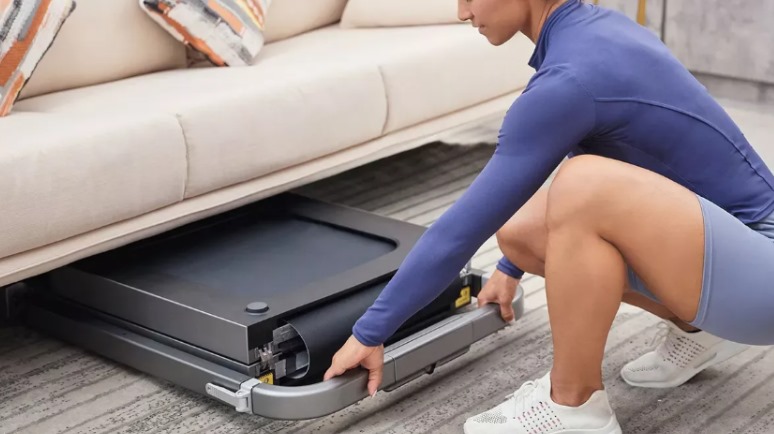
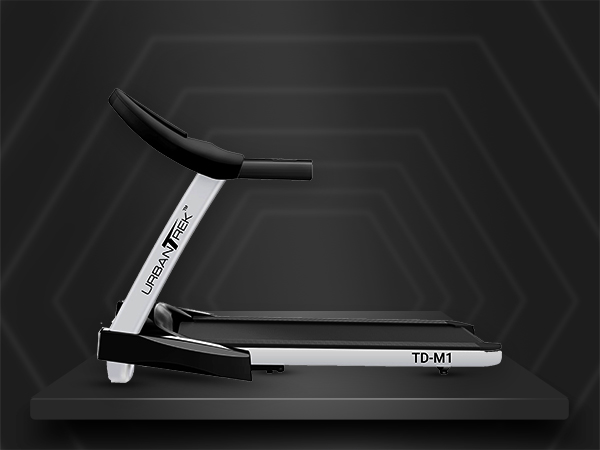
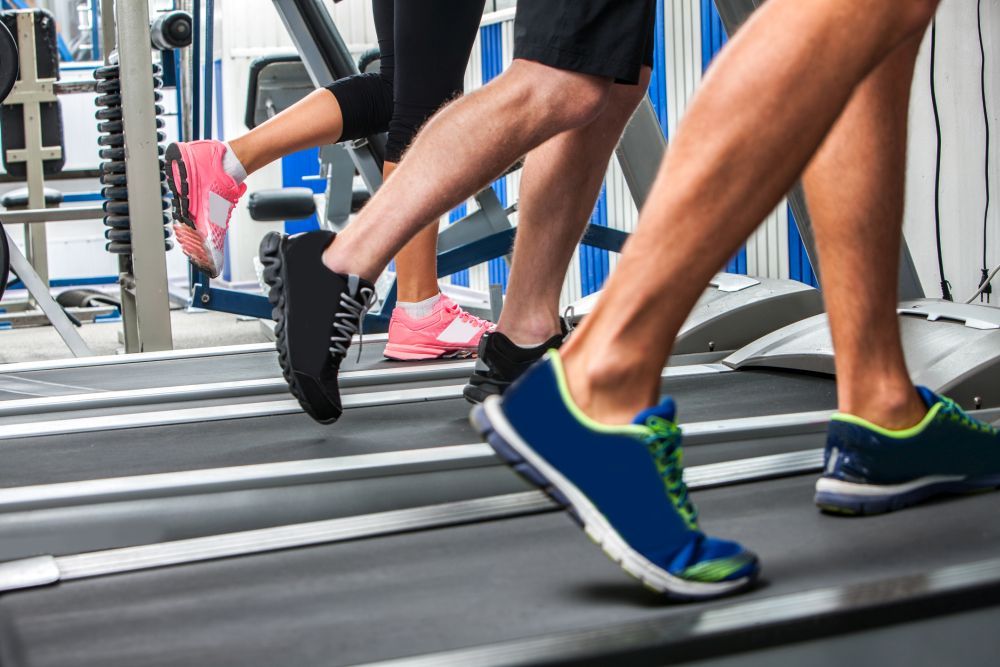
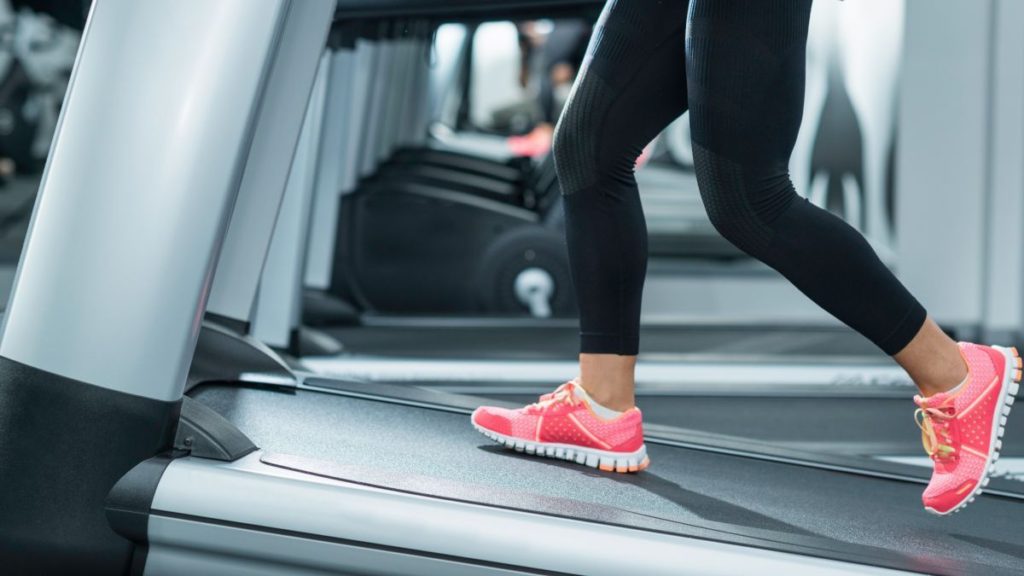
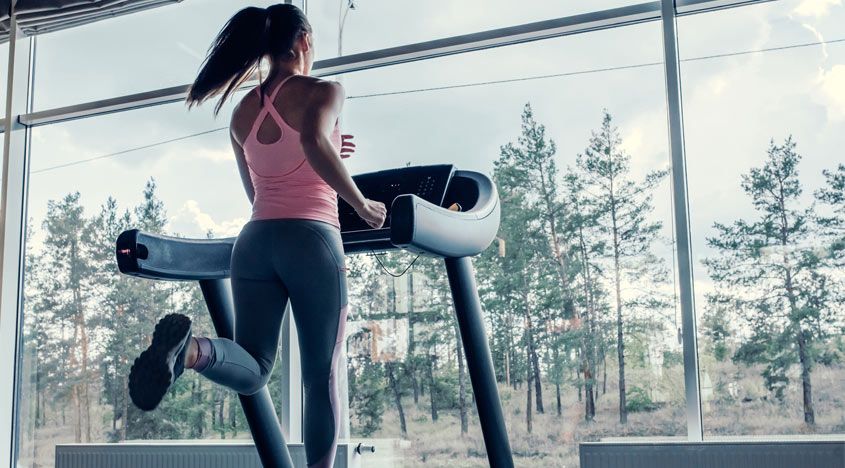
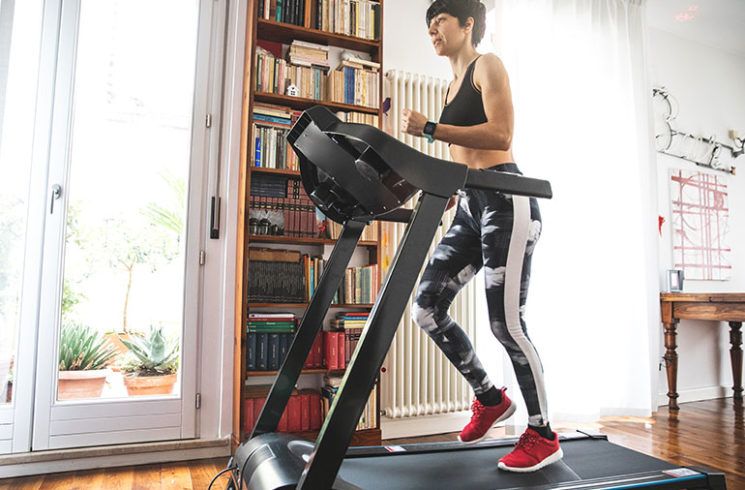















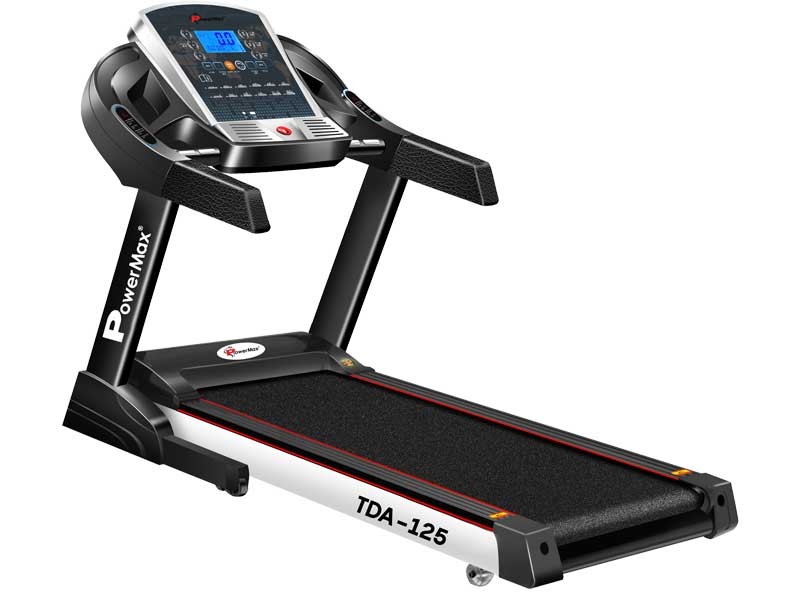 TDA-125® Motorised Treadmill
TDA-125® Motorised Treadmill
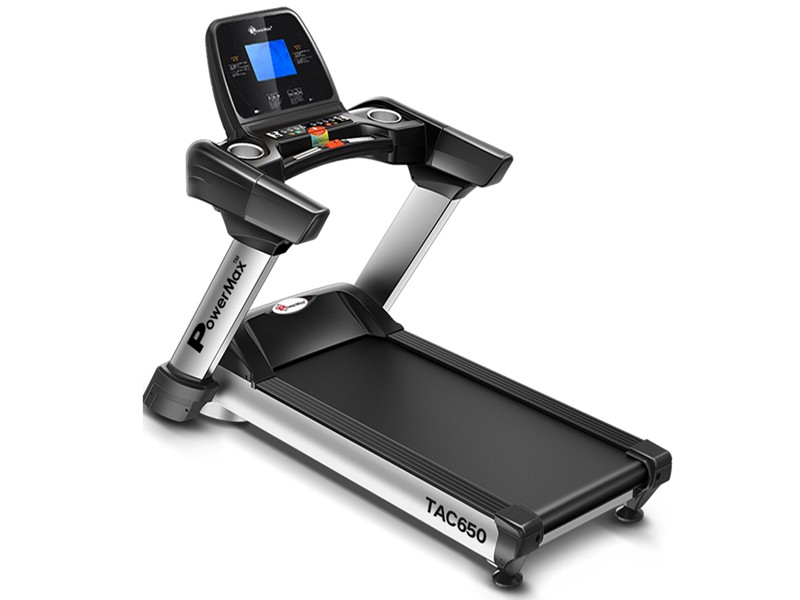 TAC-650® Motorized Treadmill
TAC-650® Motorized Treadmill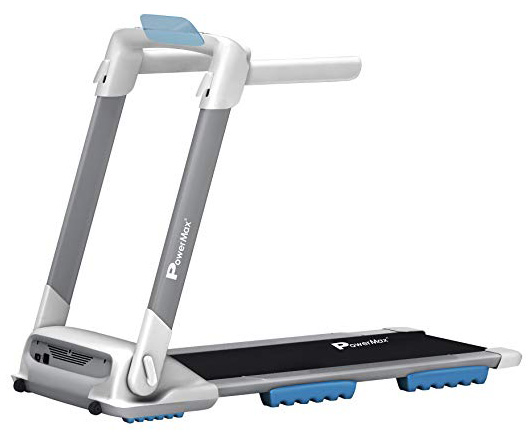 Urban Trek TD-M4 Motorised
Urban Trek TD-M4 Motorised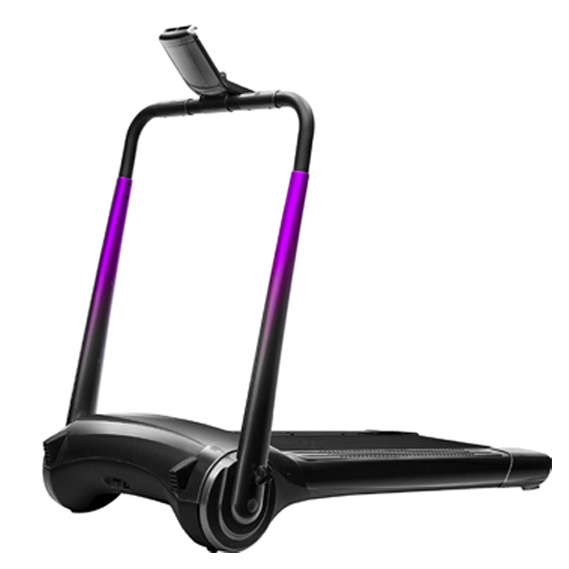 UrbanTrek TD-M2 Motorized
UrbanTrek TD-M2 Motorized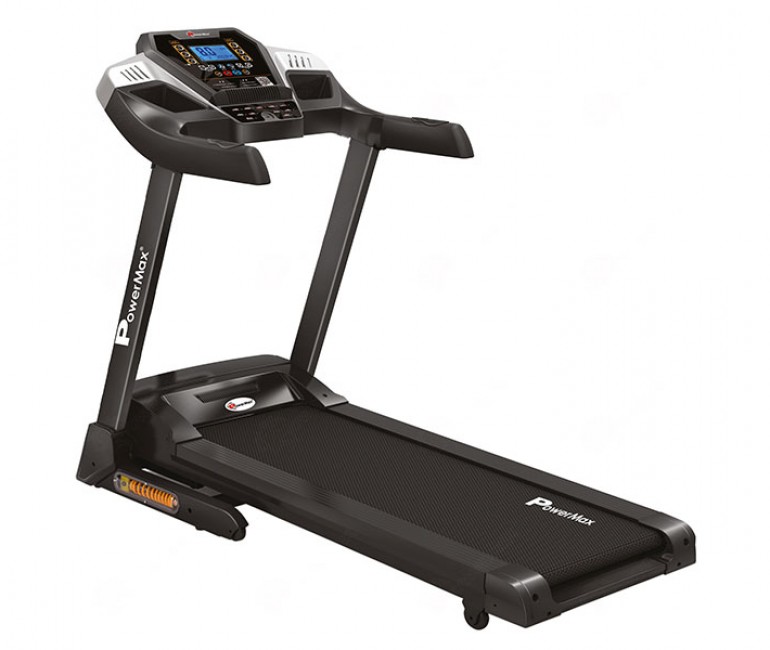 TDM-110S® Motorized Treadmill
TDM-110S® Motorized Treadmill